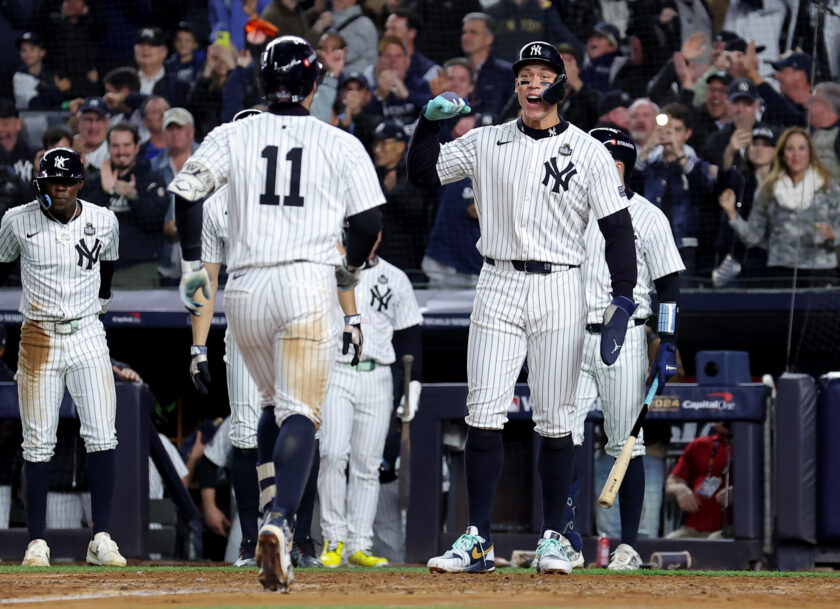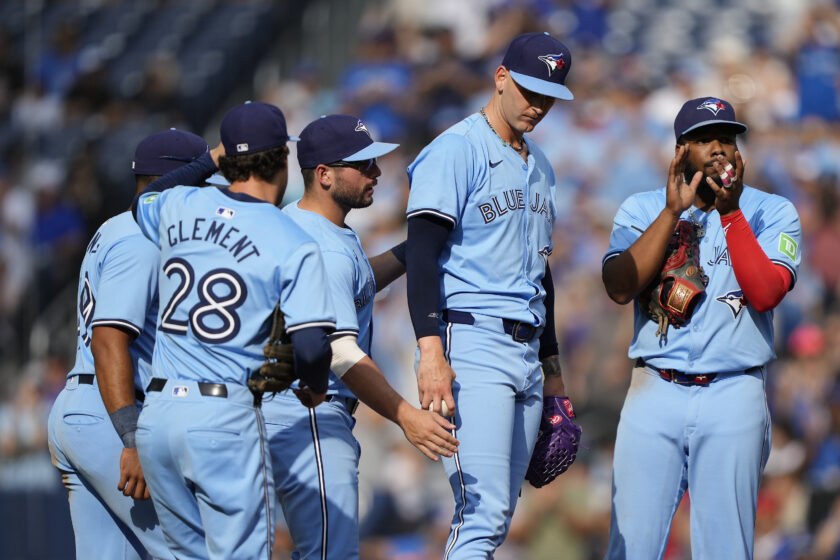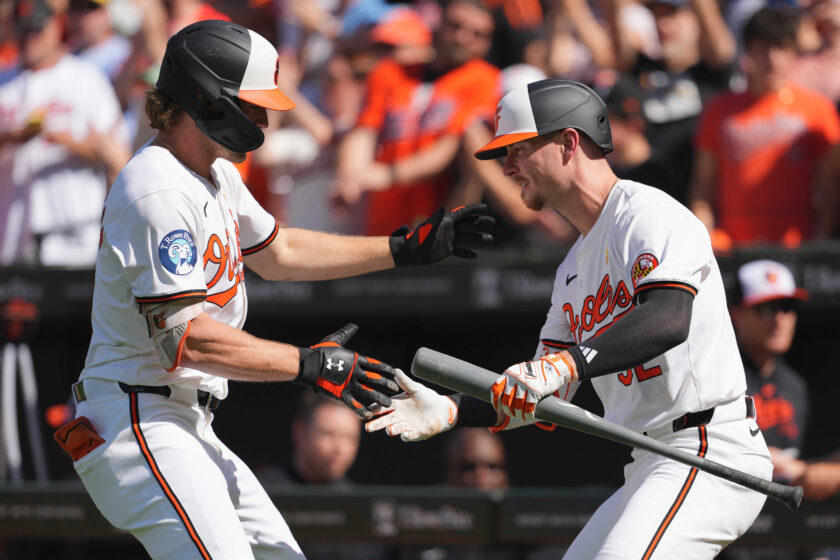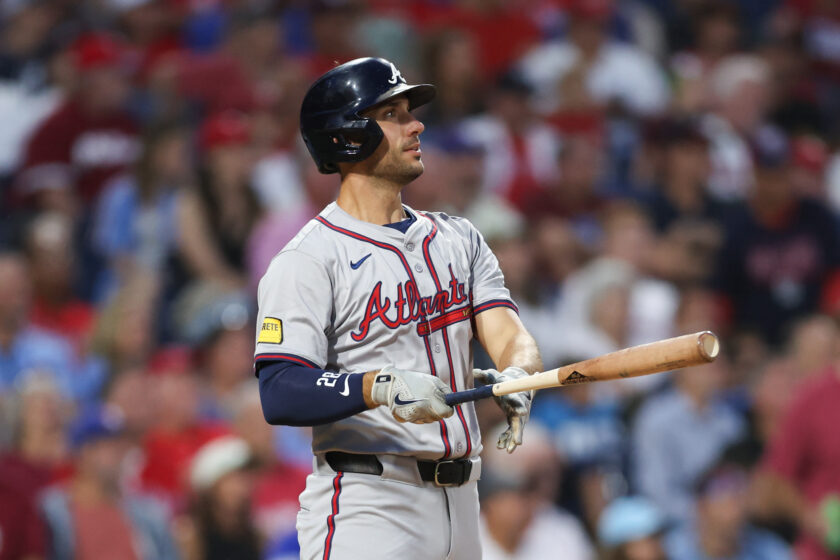Recent MLB rule changes are much to do about absolutely nothing
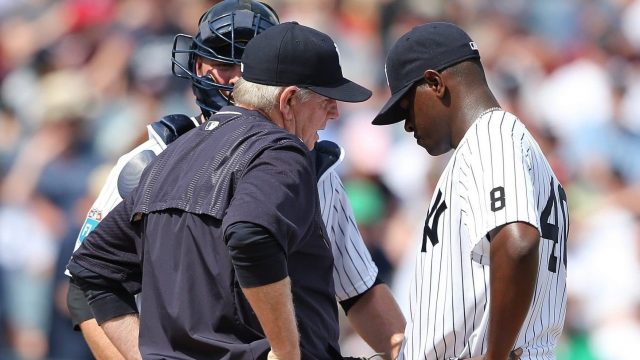
As the game of baseball reaches new levels of popularity, the MLB is looking to solve its greatest perceived flaw, the pace of play. Recent changes represent very little, which is a great thing.
The game of baseball is wildly exciting right now in a way that has more people interested since before the steroid era came crashing down. There’s a new batch of young talented players leading the charge to make baseball exciting again, guys like Mike Trout, Bryce Harper, Kris Bryant and Aaron Judge. Pitchers are throwing harder, fielders are making mind-blowing plays, and hitters are mashing the ball with power never seen before.
So why is it some people still claim the game isn’t as exciting as football or basketball? The answer is pace of play.
I should preface this with the fact that I don’t actually believe the league needs to make changes to improve pace of play. My opinion is that it opens up a Pandora’s box of potential things the league can do to restrict how players play the game. Opening up the possibility of the league, rather than the players, dictating the way the game itself is played is a dangerous precedent that discredits players for creating entirely the product on the field.
That being said, I understand that because the game is trying to reach its widest possible audience, pace of play is something that needs to be addressed by the league as it has become the biggest concern for discouraging casual fans.
According to Alex Pavlovic of NBC Sports Bay Area, the league has made a number of changes to the rules to improve pace of play.
MLB announced pace of play changes: Only six mound visits a game and they cut back on time between innings, but no pitch clock this season.
— Alex Pavlovic (@PavlovicNBCS) February 19, 2018
An outline of the new rules by Timothy Rap of Bleacher Report has provided a framework for my opinion on how this will affect the game. The most drastic change is that teams will only be allowed six mound visits each per game, not including pitcher changes. Teams will, however, be allowed
This rule seems mainly designed to mainly prevent catcher visits, which will be unfortunate for Gary Sanchez, who visits the mound roughly 803 times per game. To that point, I agree that catchers shouldn’t be able to walk out to the mound before every batter, even though preventing that may make it easier for shadier clubhouses to steal signs. The umpire, however, does have the ability to allow the catcher to visit the mound if he thinks that the pitcher and catcher aren’t on the same page with signs.
[sc name=”MLB Center” ]The mound visit rule will also prevent pitching coaches from constantly trotting out to the mound to give their bullpen arms more time to get loose. This is another positive I take away from the new rules as nothing ruins the flow of a game quite like watching the pitching coach make a mound visit, the pitcher facing one more batter, and then the manager coming out to make a move to the bullpen. It’s really a minor inconvenience to take away 30 seconds from their next pitcher’s warm-up routine and it will improve both the pace and flow of the game.
My biggest worry about the moves to improve pace of play is the introduction of a pitch clock so luckily, the league will not be adding that this year. This is the number one request by pace improvement advocates but in my opinion, if a pitcher, or more often actually a hitter, takes a little longer to go through a routine that makes them comfortable, that is their prerogative. The league shouldn’t be trying to speed up the game at the cost of the player’s comfort on the mound or the hitter’s comfort in the box. That is a perfect example of the league taking improvements too far and affecting how the game itself is played. Every at-bat is a battle between the pitcher and hitter.
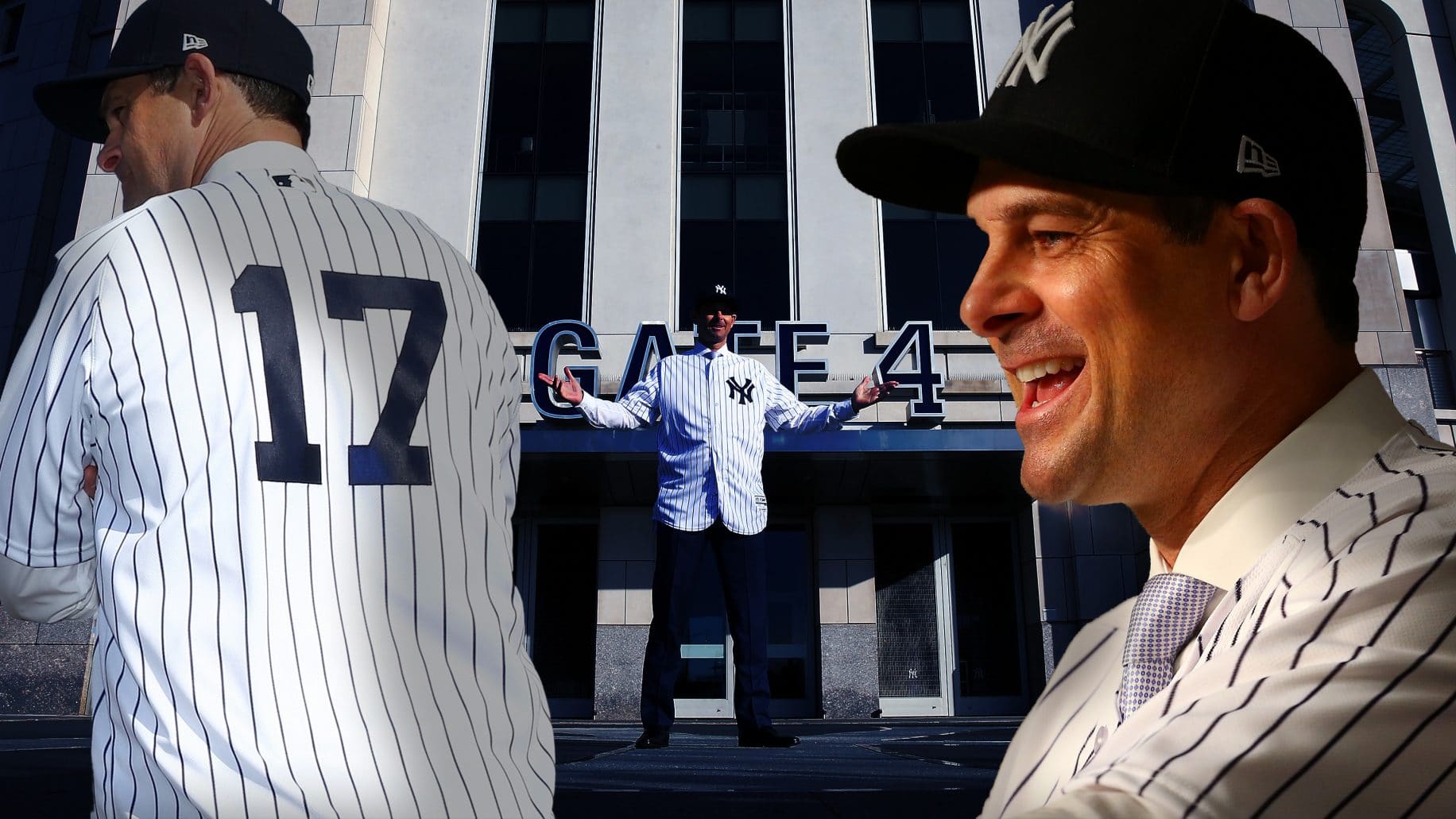
Putting a time limit on the preparation time a player takes decreases the quality of the battle and thus hurts the game.
On a minor note, the league will also decrease the amount of time in between innings and those times will coincide with the exposure of the broadcast. Local games will have 2:05 between innings, National games during championship season will have 2:25 between innings, and Playoff games will have 2:55 between innings.
My absolute favorite part of the rule changes are the penalties for violating them. I’m pretty sure there aren’t any. According to Rap, “players who consistently or flagrantly violate the time limits will be subject to progressive discipline for just cause”. If that isn’t the emptiest threat I’ve ever heard I don’t know what is. At worse, I’m imagining a small fine to the player violating the rules that the team will likely pick up the bill for. At best, I’m imagining a player getting ejected for violating the time limit and a manager having such a meltdown he makes Lou Pinella look like a yoga instructor.
In conclusion, these rule changes are fairly harmless. They’re minor things that will keep the game moving without changing the way its played. For now, the game will continue to grow through the level of excitement that the rising stars provide rather than through rule changes by the league to make games shorter.
I’ll also just make a note: there are other ways to keep the game moving fast.
[sc name=”Yankees Link Next” link=”https://elitesportsny.com/2018/02/21/new-york-yankees-why-tyler-wade-should-start-second-base/” text=”There’s One Man Deserving To Start Over Gleyber Torres For Yankees” ]Lifetime ballplayer and Yankee fan. Strongly believe that the eye-test and advanced stats can be used together instead of against each other.

